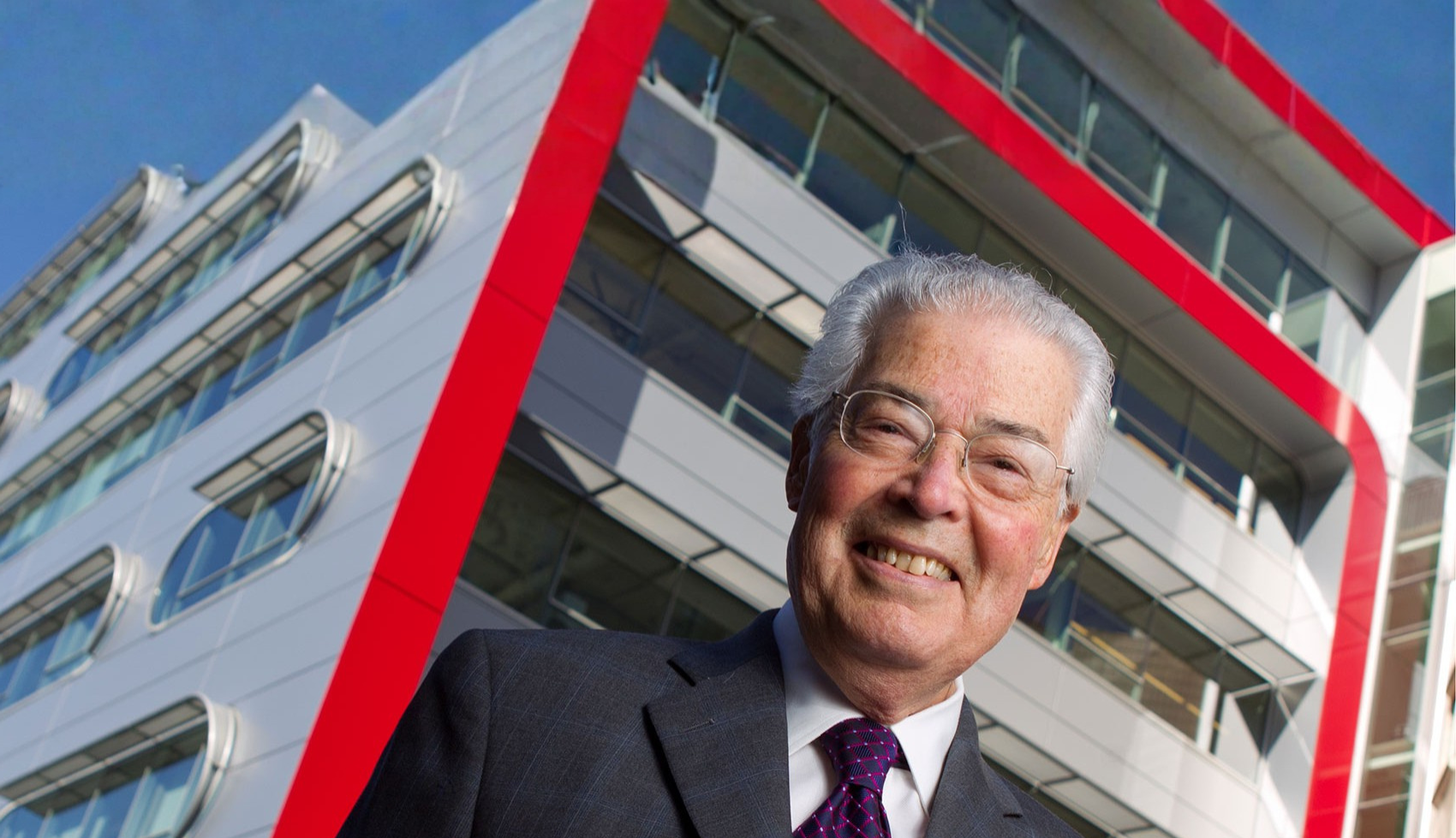31 days in intensive care. 38 days in acute care. 49 days in rehabilitation.
When Ruth and her husband, Brian, returned to the west coast from their annual spring vacation in Palm Springs, she was feeling the first signs of a cold. But it quickly worsened into severe bronchitis.
24 hours.
By the time she arrived at the Vancouver General Hospital Emergency Department, Ruth was so short of breath that she could barely walk one block to the Emergency Room. Within minutes of stumbling through the Emergency Room doors, a team of doctors, nurses and technicians were looking after her.
Brian saw that she was in capable hands and went home reluctantly when told she had to be admitted overnight. But only hours later, Dr. Rod March called; Ruth’s condition had taken a severe downturn, causing her to be transferred to the Intensive Care Unit (ICU).
31 days in intensive care.
Brian rushed to the hospital. Dr. Stephen Rush explained that his beloved wife’s respiratory system was failing. Her heart and lungs were dependent on an ECMO machine, which acts like an external pump to keep her organs functioning.
“All I could think about was to do whatever was needed to keep her alive,” Brian recalled.
Time passes slowly when you’re watching the rise and fall of slow, laborious breaths. Brian spent the hours holding Ruth’s hand as she lay hooked up to a phalanx of cords and machines keeping her alive. Every morning began with a walk through the halls of ICU to say, “Good morning, Sweetie!” to Ruth and every night ended with a dial-in to the 24-hour phone number the ICU nurses gave him for an update before trying to sleep.
Five days later, Ruth was officially diagnosed with mycoplasma pneumonia. Often referred to as “walking pneumonia”, the symptoms of this infection tend to be mild, but are usually quite serious in middle-aged and older people. Symptoms often start out like a common cold, but can escalate into complications for those who suffer from chronic respiratory diseases or who have compromised immune systems.
38 days in acute care.
A month after being admitted to ICU, Ruth was transferred to an acute care ward to continue her recovery. Ruth’s prognosis and her breathing improved enough to move off the ECMO machine and on to a ventilator.
49 days in rehabilitation.
About a month later, she was transferred to GF Strong because of the nerve damage in her right leg. There she progressed from using a wheelchair, to a walker, then a cane.
Today, the only breathlessness that Ruth feels is pure joy, when she’s riding her bicycle and feeling the wind on her back from exploring Palm Springs with Brian. Her gratitude remains with the many people involved in her recovery – the doctors, nurses, social worker, spiritual counselor, even the kitchen staff who made sure Brian was fed well.
“They all worked so hard to save Ruth’s life,” says Brian. “Ruth wouldn’t be here today without her incredible support team at VGH and the dedication they have to saving lives. They are our angels.”
Share this:


